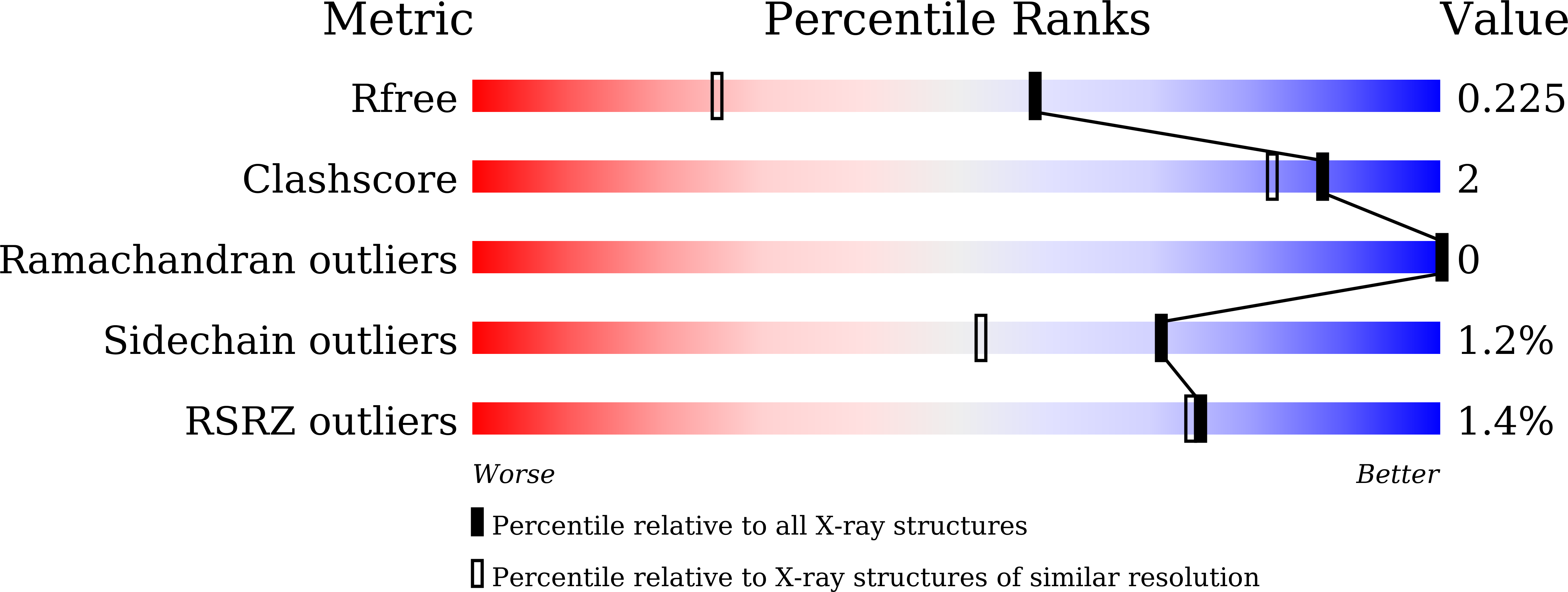
Deposition Date
2023-05-09
Release Date
2023-06-21
Last Version Date
2024-11-13
Method Details:
Experimental Method:
Resolution:
1.61 Å
R-Value Free:
0.22
R-Value Work:
0.18
R-Value Observed:
0.18
Space Group:
P 21 21 21


